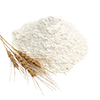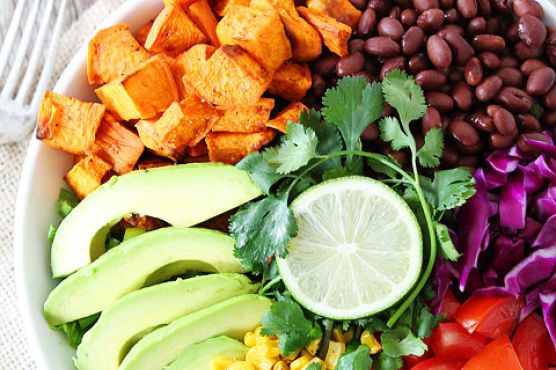Ultra Thick and Soft Peanut Butter M&M Cookies
Ultra Thick and Soft Peanut Butter M&M Cookies is a lacto ovo vegetarian recipe with 12 servings. One serving contains 410 calories, 9g of protein, and 25g of fat. For 41 cents per serving, this recipe covers 9% of your daily requirements of vitamins and minerals. If you have baking soda, cornstarch, unsalted butter, and a few other ingredients on hand, you can make it. It is brought to you by Baker Bettie. 109 people have made this recipe and would make it again. From preparation to the plate, this recipe takes approximately 30 minutes. It works well as a dessert. All things considered, we decided this recipe deserves a spoonacular score of 37%. This score is not so outstanding. Try Thick and Soft Chocolate Peanut Butter Cookies (gluten-free), Thick and Chewy Peanut Butter Cookies, and Lofthouse-Style Soft Peanut Butter Chip Sugar Cookies with Peanut Butter Frosting for similar recipes.
Servings: 12
Preparation duration: 18 minutes
Cooking duration: 12 minutes
Ingredients:
1 tsp baking soda
1 TBSP cornstarch
1 large egg, room temp
2 cups all-purpose flour
1/2 tsp kosher salt
1 cup light brown sugar, lightly packed
11 oz package peanut butter m&m's
1 1/2 sticks unsalted butter, softened
1 TBSP vanilla extract
Equipment:
hand mixer
mixing bowl
stand mixer
measuring cup
baking sheet
oven
wire rack
Cooking instruction summary:
In the bowl of a stand mixer fitted with a paddle attachment (or large mixing bowl with an electric mixer) cream the butter, sugar, egg, and vanilla, beating on medium-high speed until light and fluffy. About 3 minutes. Scrape down the sides of the bowl, and add the flour, cornstarch, baking soda, and salt. Beat on low speed until just combined. Scrape down the bowl as needed. Add the M&Ms, and beat on low speed until just combined. Use a large cookie scoop (or 1/4 cup measuring cup) to form large dough mounds. Place about 6 cookies each on an ungreased baking sheets, or sheets lined with parchment or a silpat. Use your hand to flatten the dough just slightly, keeping the cookie dough still very tall. While the oven is preheating to 350F, place the cookie sheet in the freezer for about 5 minutes before baking. This will chill your dough and allow the outside to set before spreading too much while baking.Bake at 350F for 11-12 minutes, or until edges have set and tops look set. The middle will still look undercooked. Cookies firm up as they cool. Let cookies cool on the baking sheets for 10 minutes before serving warm or moving to a cooling rack to completely cool.
Step by step:
1. In the bowl of a stand mixer fitted with a paddle attachment (or large mixing bowl with an electric mixer) cream the butter, sugar, egg, and vanilla, beating on medium-high speed until light and fluffy. About 3 minutes. Scrape down the sides of the bowl, and add the flour, cornstarch, baking soda, and salt. Beat on low speed until just combined. Scrape down the bowl as needed.
2. Add the M&Ms, and beat on low speed until just combined. Use a large cookie scoop (or 1/4 cup measuring cup) to form large dough mounds.
3. Place about 6 cookies each on an ungreased baking sheets, or sheets lined with parchment or a silpat. Use your hand to flatten the dough just slightly, keeping the cookie dough still very tall. While the oven is preheating to 350F, place the cookie sheet in the freezer for about 5 minutes before baking. This will chill your dough and allow the outside to set before spreading too much while baking.
4. Bake at 350F for 11-12 minutes, or until edges have set and tops look set. The middle will still look undercooked. Cookies firm up as they cool.
5. Let cookies cool on the baking sheets for 10 minutes before serving warm or moving to a cooling rack to completely cool.
Nutrition Information:
covered percent of daily need















